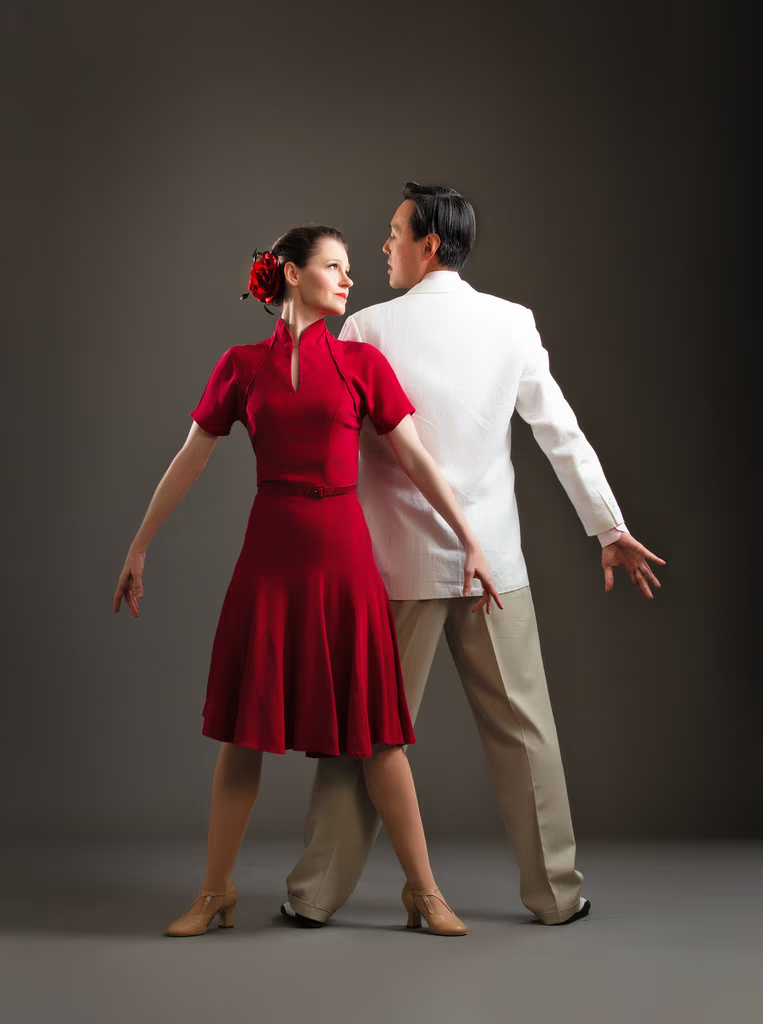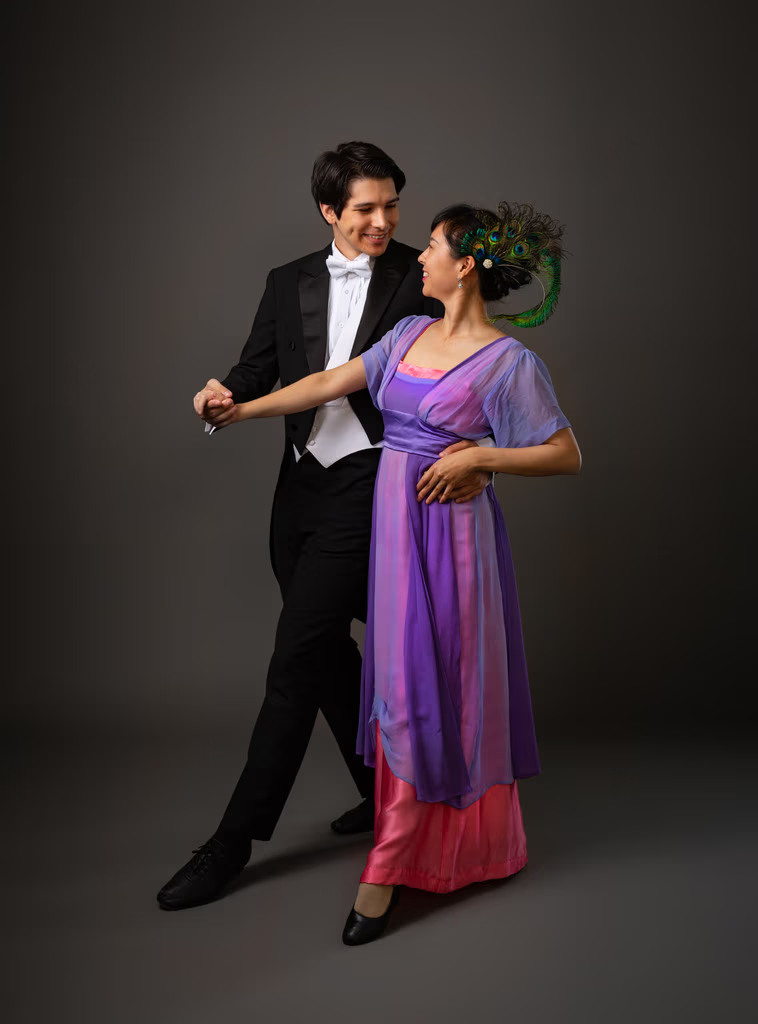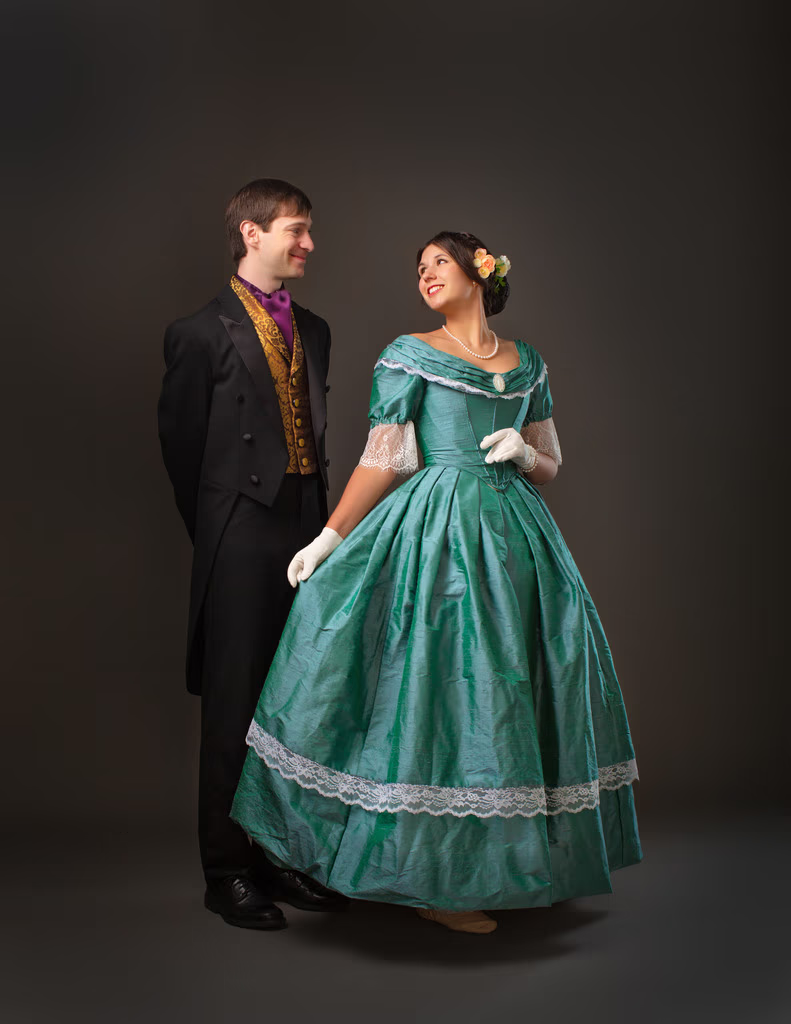About The Academy of Danse Libre
Founded in 1996, The Academy of Danse Libre is the world’s premier historical dance company. Principal dancers have performed internationally, including Vienna, Spoleto, Paris, Prague, and St. Petersburg, and have appeared professionally with other dance companies such as the Joffrey Ballet, San Francisco Opera Ballet, David Taylor Dance Theatre, Amy Seiwert’s Im’ij-re, Robert Moses’ KIN, and Oakland Ballet. Notable recent performances include collaborations with Opera San Jose in Alma Deutscher’s Cinderella, Peninsula Symphony in productions of Vienna, City of My Dreams and The Golden Age of Hollywood, and the San Francisco Ethnic Dance Festival.
The San Francisco Chronicle describes Danse Libre’s performance at the San Francisco War Memorial Opera House as “a smooth 19th century ballroom party, dispatched with much elegance by members of the Academy of Danse Libre… [A]ll those gloved couples yielding to the charms of the waltzes and polkas of the time really do suggest a historical era.”
From stately Regency dances straight out of a Jane Austen novel to the re-creation of a glittering Viennese Ball for a New Year’s Eve gala concert, the timelessness of Ragtime foxtrots on the Titanic’s maiden voyage or the high energy of a Charleston from Great Gatsby’s summer of 1922, Danse Libre has entertained and inspired modern audiences all over the world with social dances from the 1820s to the 1930s. With the exception of our film and theatre works, our choreography is carefully reconstructed from dance manuals and original source material. Costuming is historically accurate and individually handmade to reflect the authenticity and spirit of each era.
Regency • Victorian • Ragtime • 1920s • 1930s • Theatre & Film
Regency
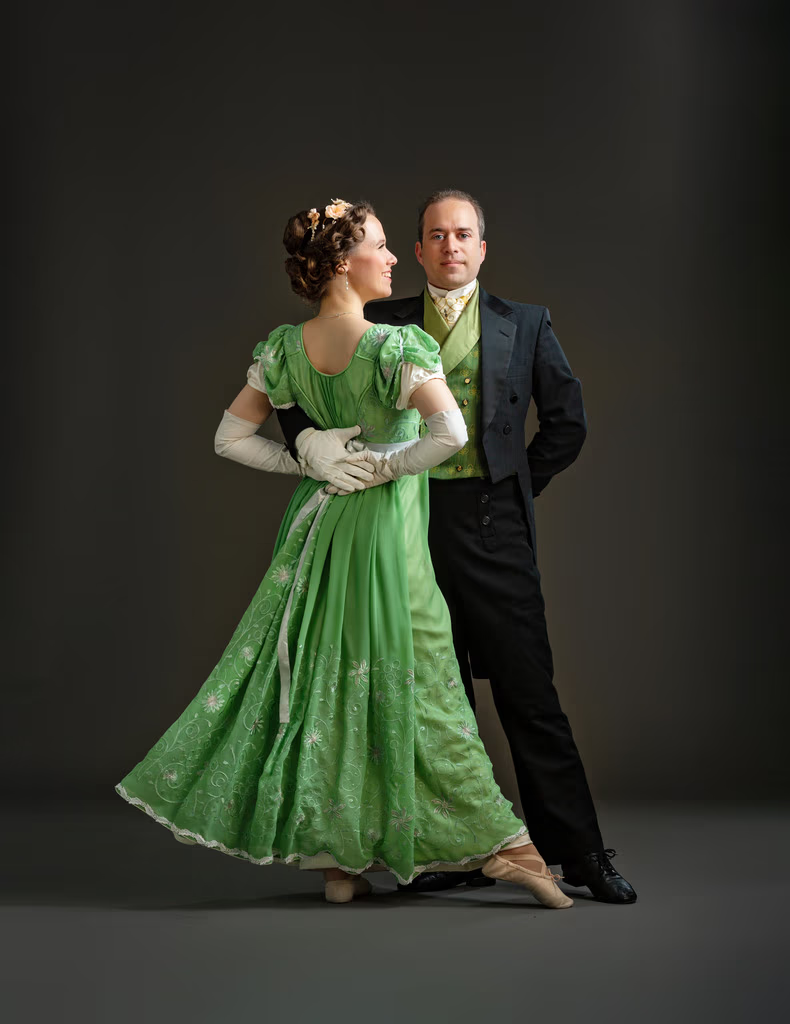
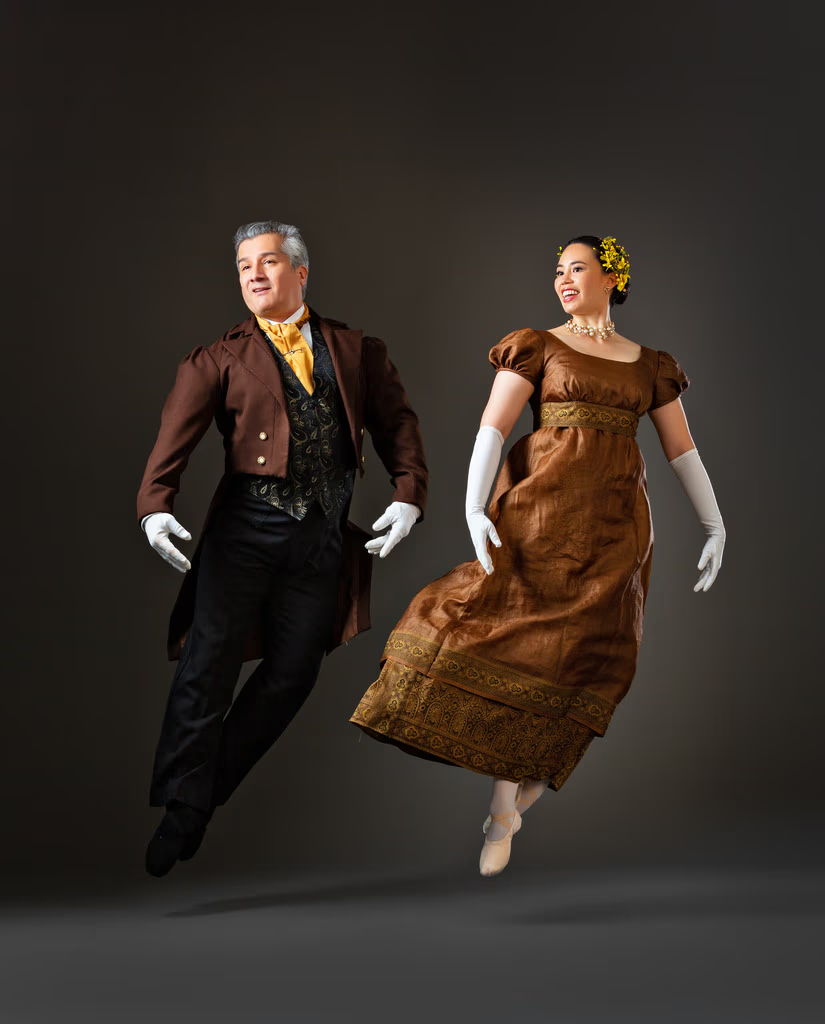
Victorian
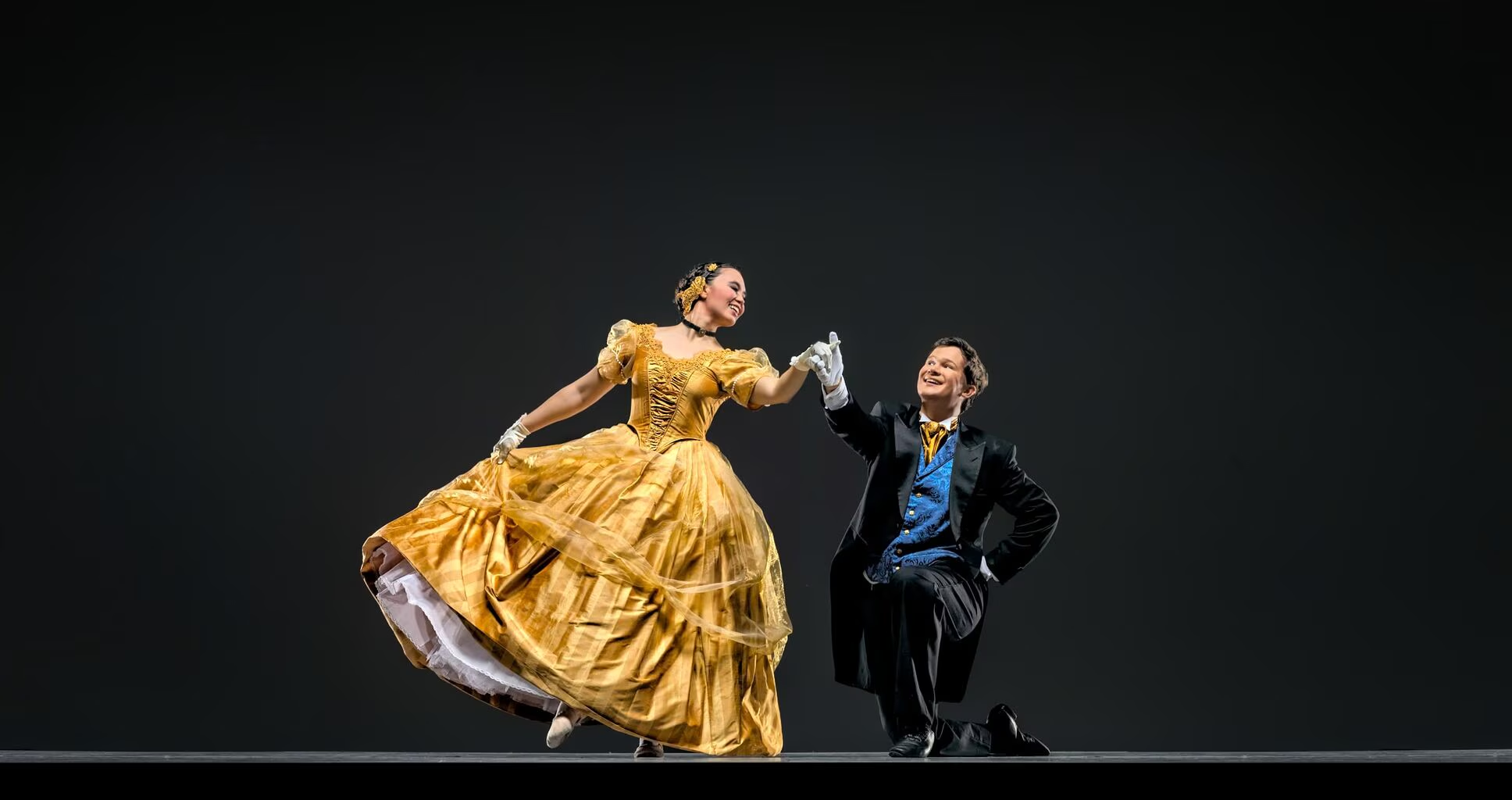
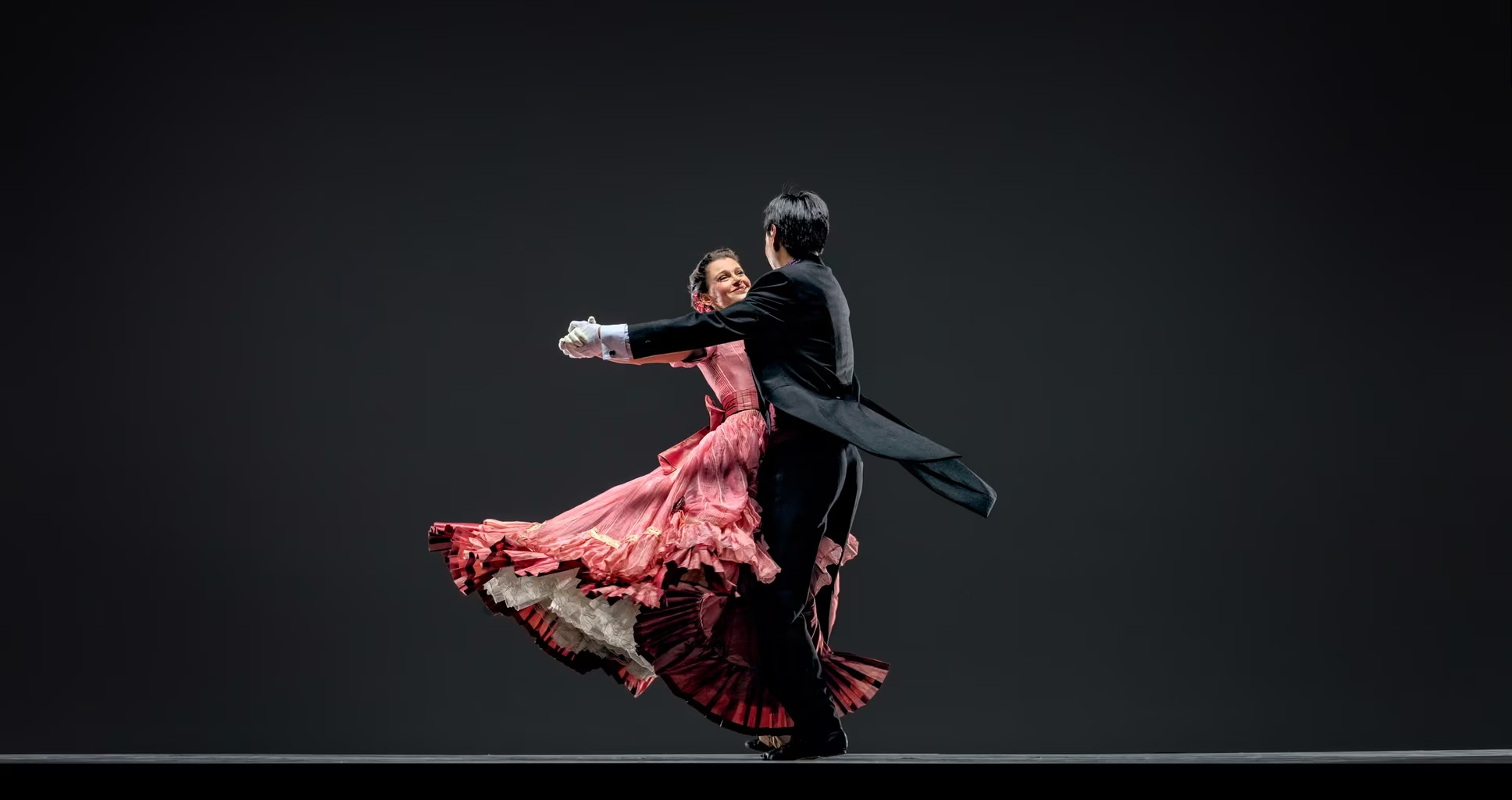
The Victorian era, spanning more than sixty years, started with Queen Victoria's ascent to the British throne in 1837. At the outset of the era, when even a glimpse of an ankle was a shocking spectacle, dancing in the embrace of the opposite sex was almost scandalous. As the 19th century progressed, however, more members of high society deigned to try the trend and dancing coupled in “closed position” became increasingly socially acceptable. The romantic sensuality of the waltz was counterbalanced by more playful polkas, mazurkas, schottisches, and galops, with the great “polka mania” hitting Paris and the rest of Europe in 1840. Parlor games also proliferated, in which couples poked fun at traditional social mores with role-reversal and competed for prizes with their antics.
Ragtime
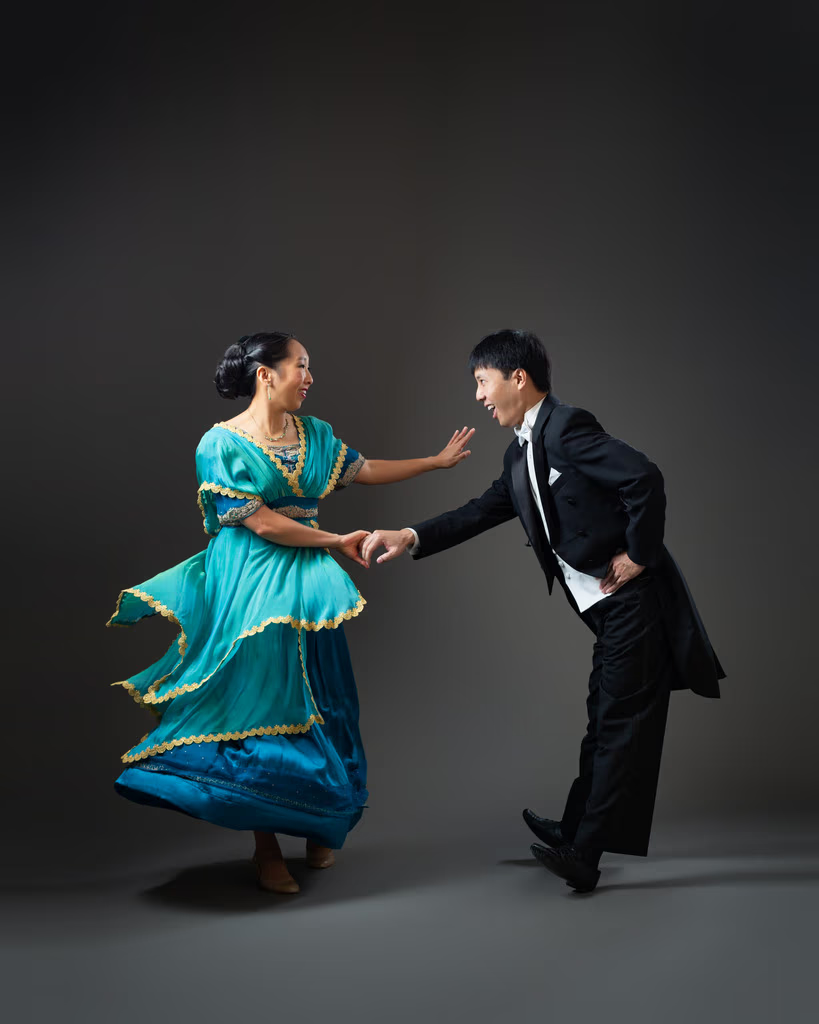
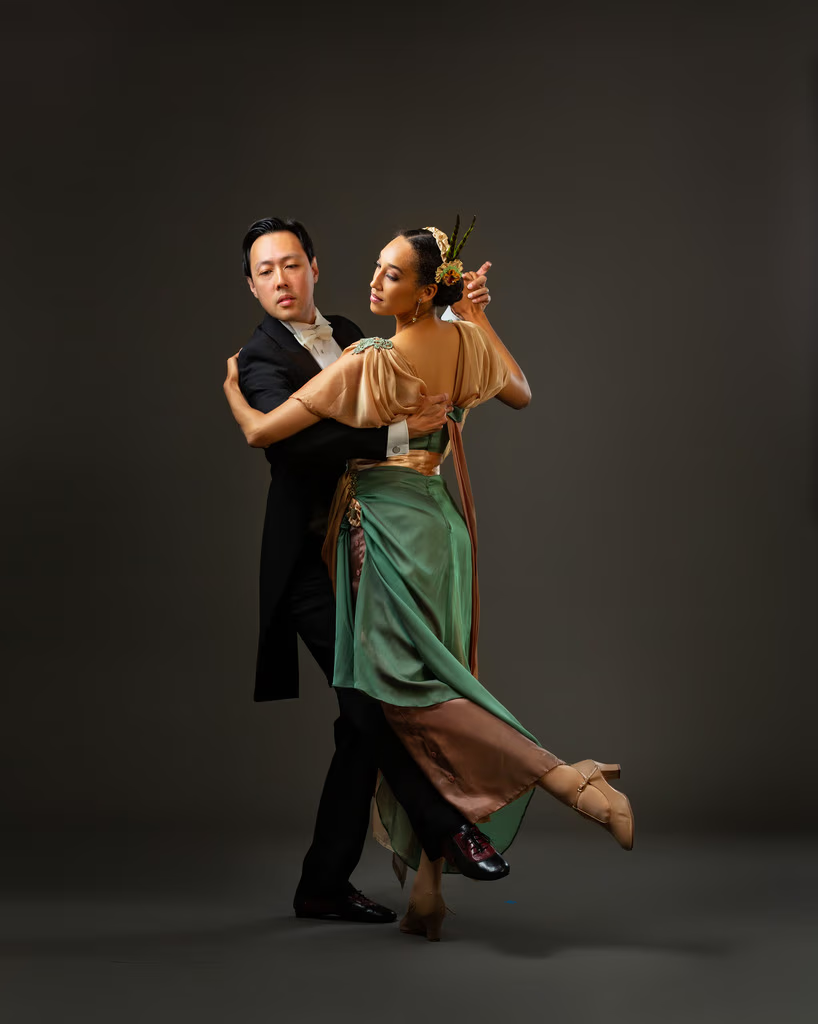
The Ragtime Era, named for America’s first musical genre, extended from roughly 1897-1918. Ragtime (a term derived from “ragged time”) was a descendant of African American jigs and marches. The music made its debut in dance halls long before being printed for piano players. The heavily syncopated tunes were a change from the more stately orchestral music of the previous generation. Lively dances such as the cakewalk, two-step, tango, and foxtrot were innovated or adapted to fit the strong beats in the music. “Animal dances” were also developed to ape animal movements in time to the tunes.
1920s
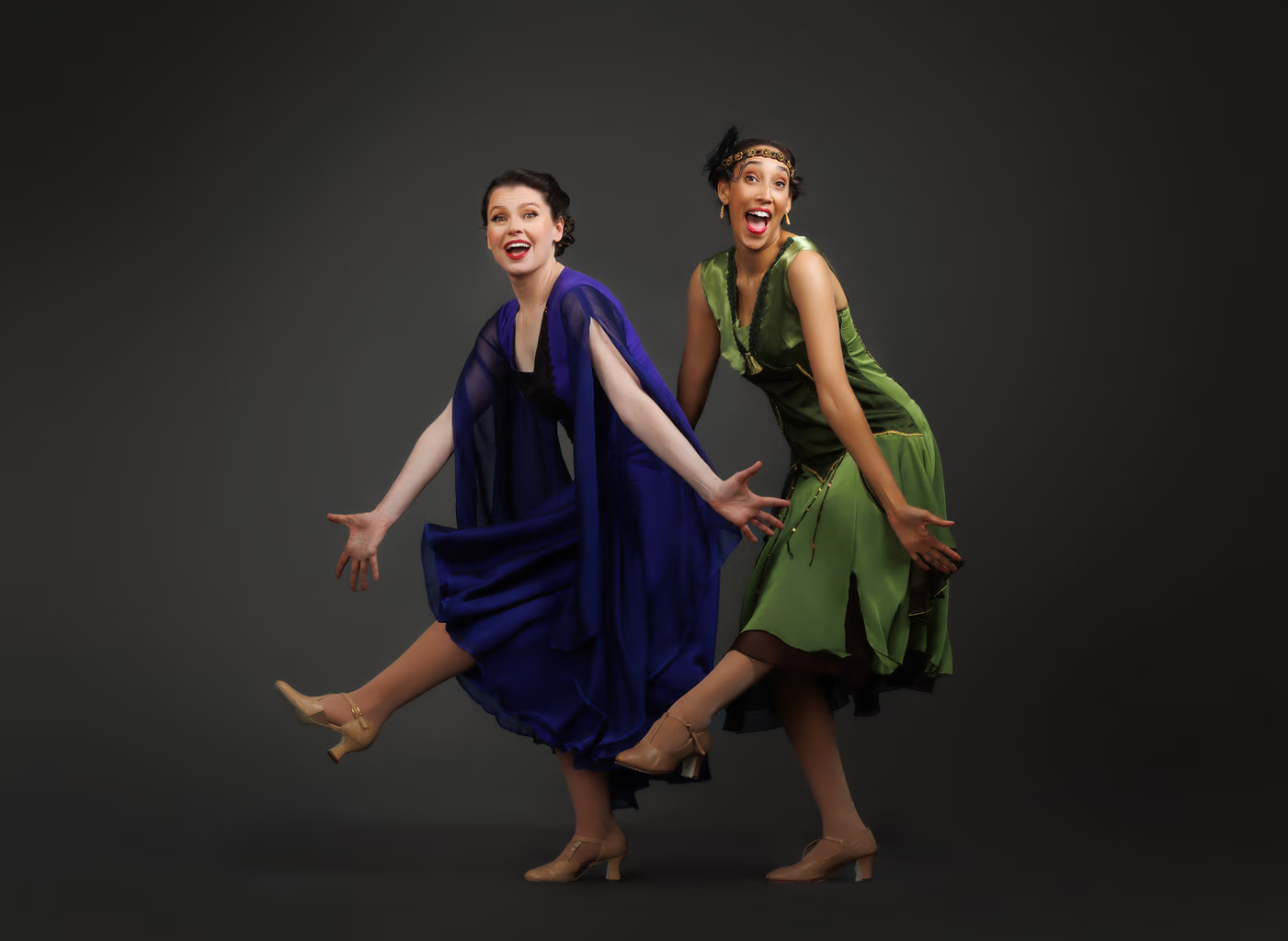
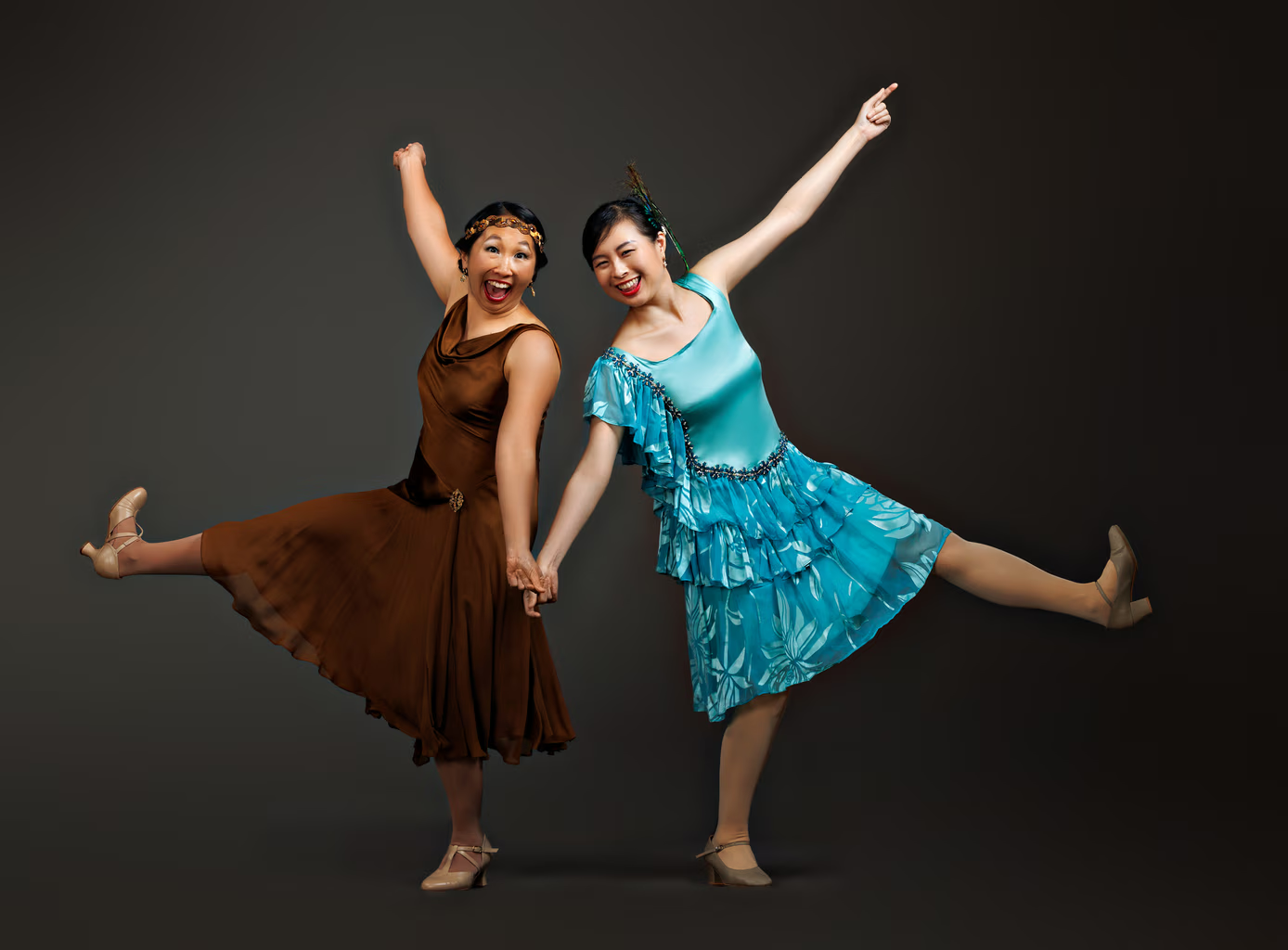
The “Roaring Twenties” were a time of relative prosperity and affluence in the United States. Accelerated urbanization led to a rapid influx of people to the cities and to increased emphasis on modernization. Women displayed progressively more “liberated” behavior, shortening their skirts, cutting their hair, and generously applying cosmetics. With Prohibition firmly in place, back-alley speakeasies and jazz clubs became social outlets rife with alcohol and raucous behavior. “Shocking” dances such as the shimmy, Charleston, black bottom, and bunny hug became increasingly popular in these venues.
1930s
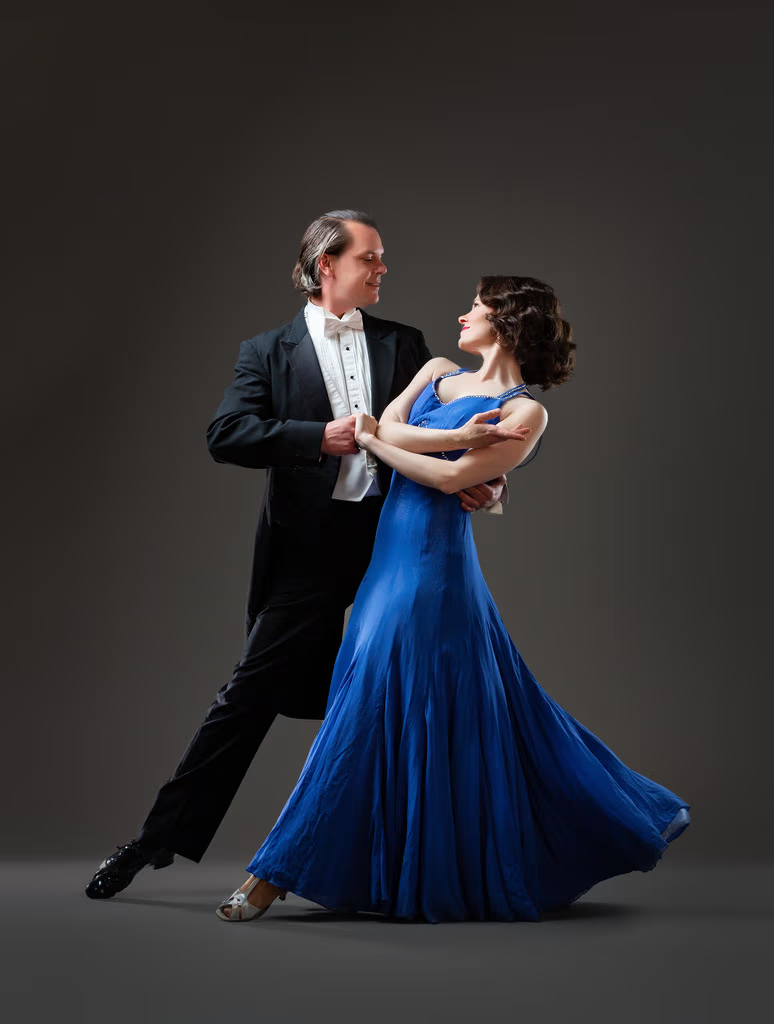
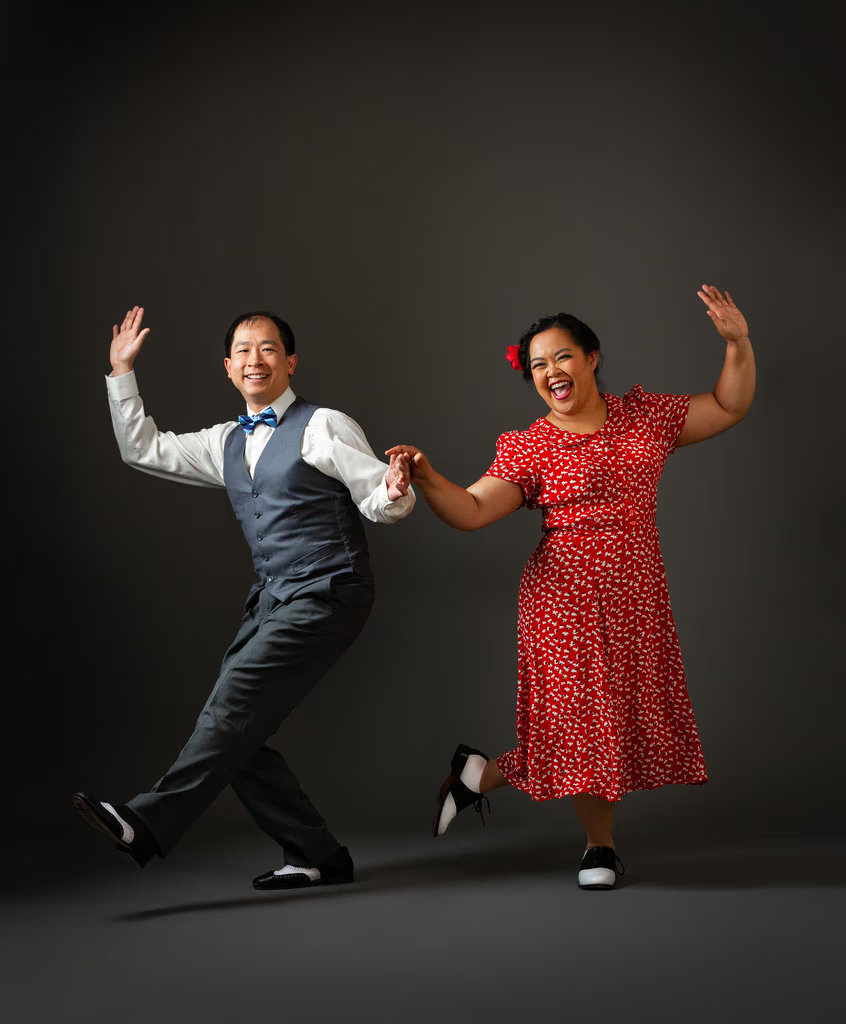
As the stock market crash in 1929 brought the “Roaring Twenties” to an abrupt halt, the nation plunged into the Great Depression. The popularization of radio and its myriad channels enabled a sort of escapism from the drudgery of poverty. Swing music’s exposure on the radio helped it gain widespread acceptance by the middle of the decade. The music’s lilting rhythm lent itself to many swing, lindy hop, and shag dance variations. Dances from previous eras (such as the foxtrot, waltz, and tango) remained popular but acquired an increasingly dreamy quality: women’s fashion shifted away from the high hems of the 1920s to form-fitting gowns with long, sweeping skirts.
Theatre & Film

